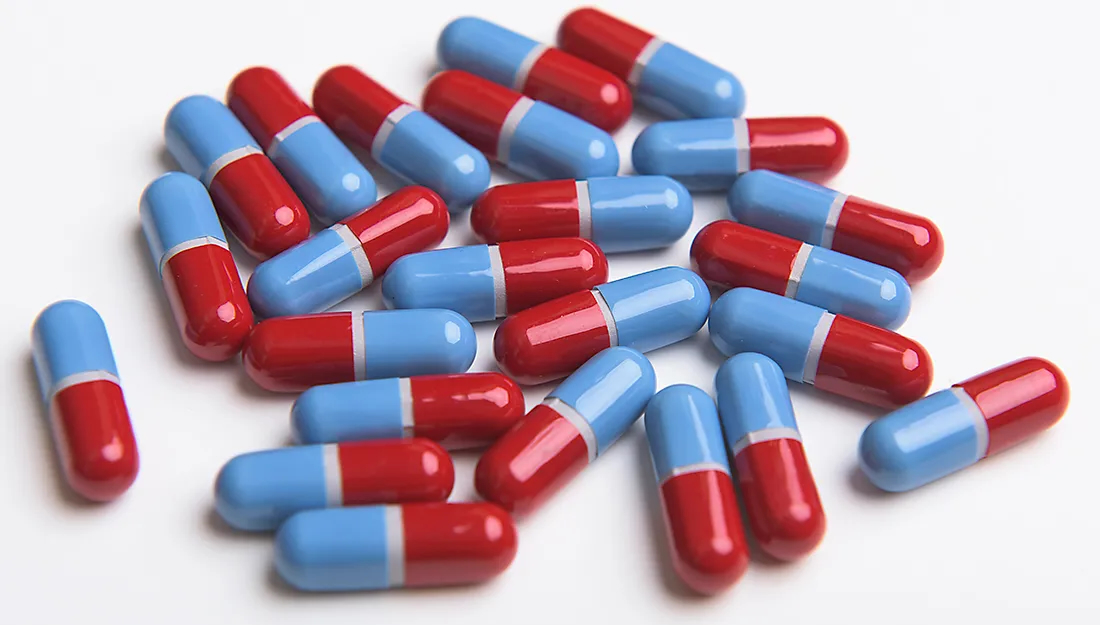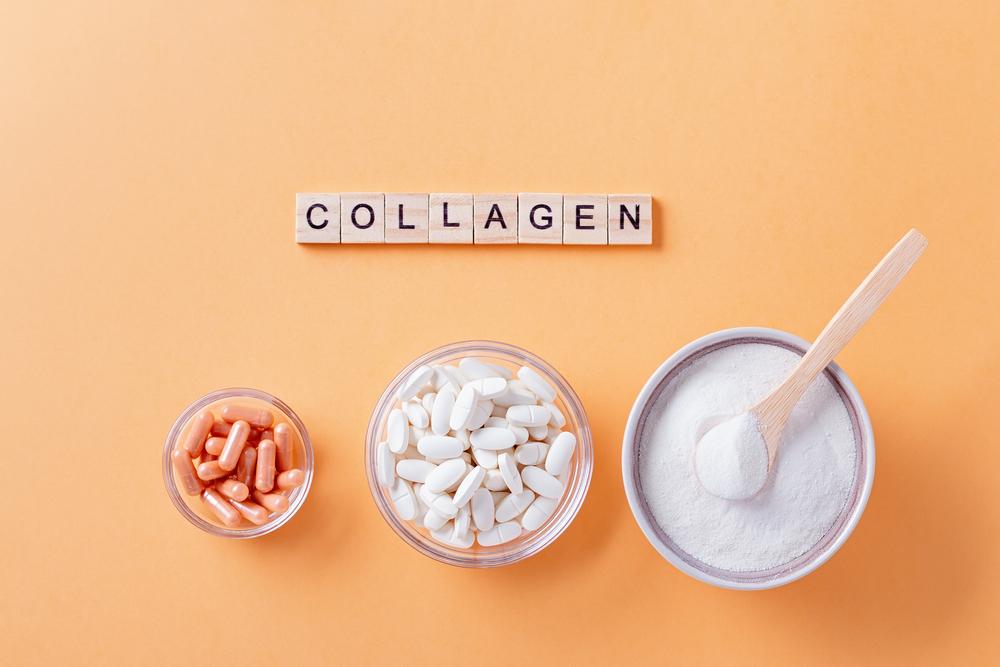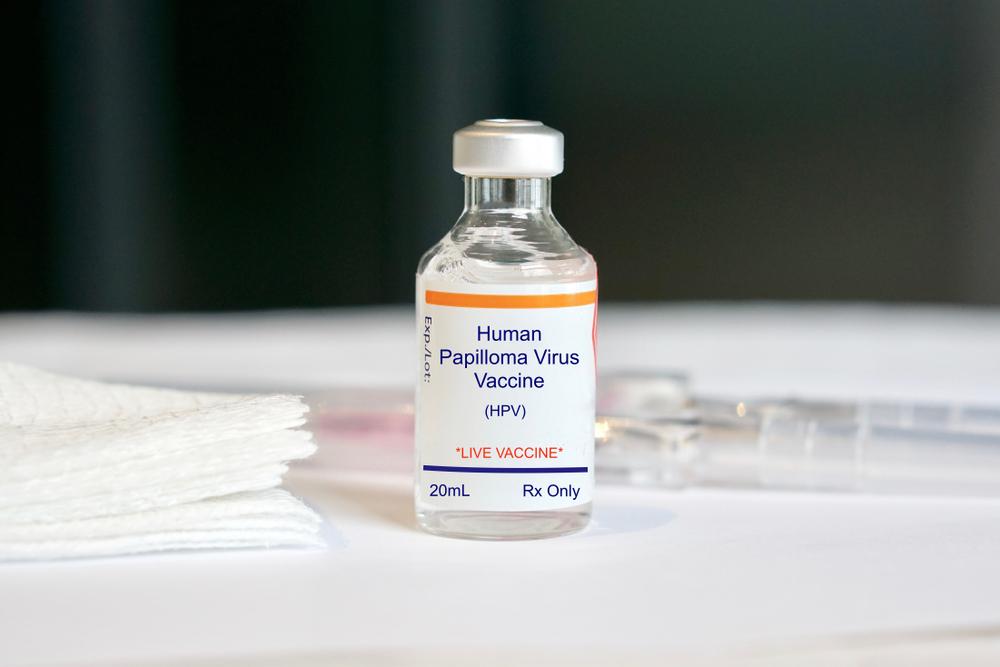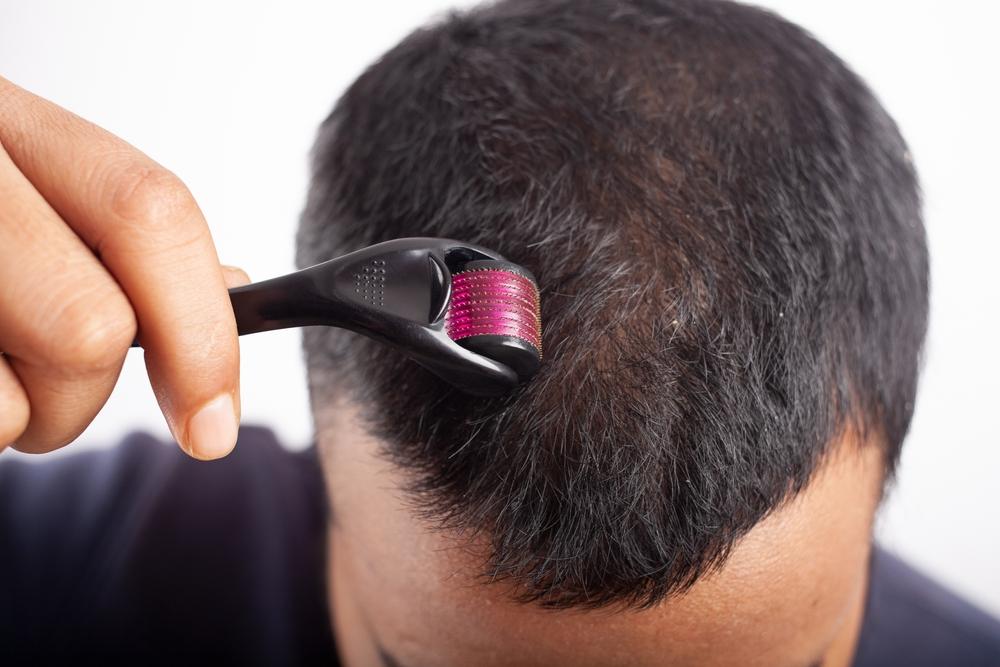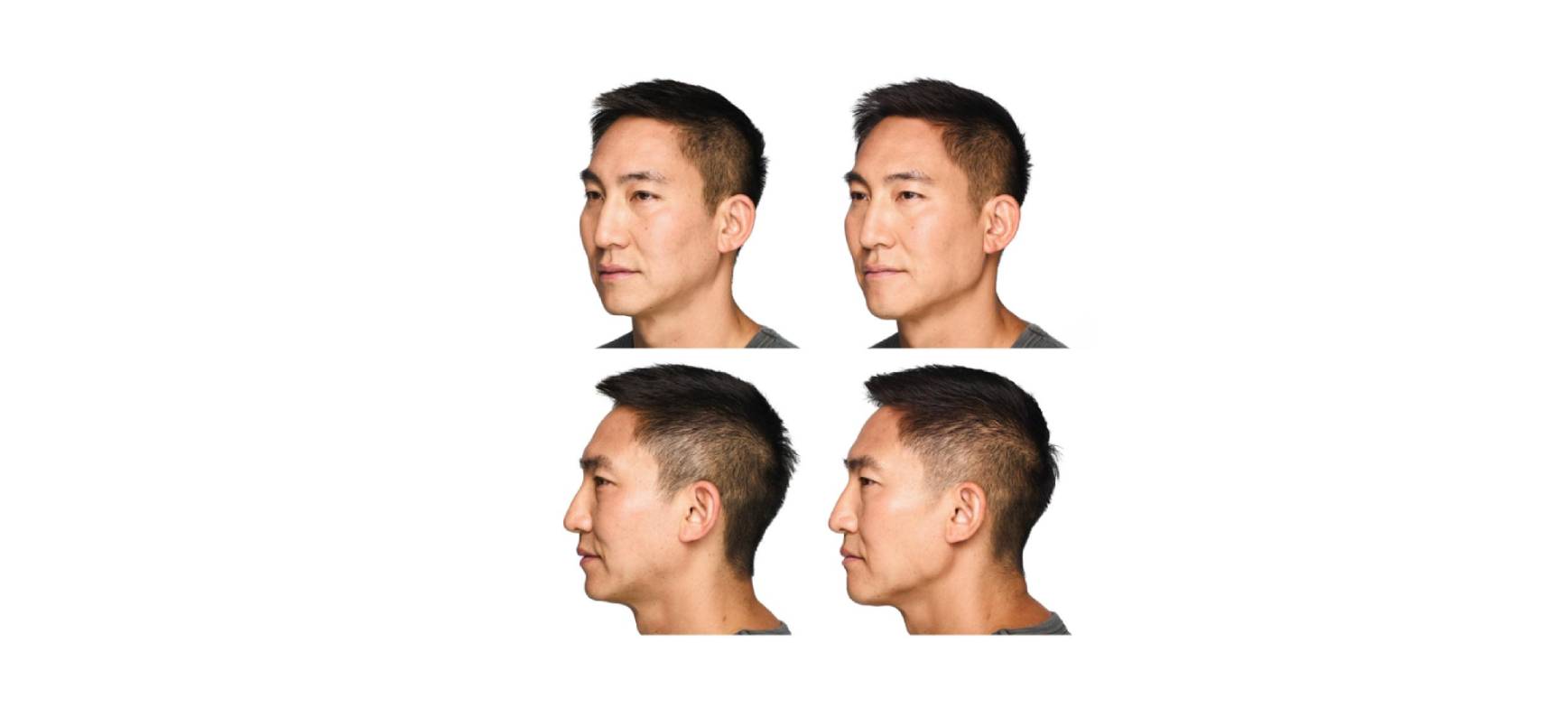Options abound for achieving sculpted cheekbones, plumped lips, fuller hands, or just smoothing the lines that have accumulated over the years. Currently there are more than a dozen filler injections approved for use in the U.S. Fillers have been around for decades. However, today’s fillers are vastly improved from the first fillers that appeared originally on the U.S. market. With so many fillers available it can be difficult to know which one is right for you. Here is a guide to each type of filler injection!
What are Injectable Dermal Fillers?
Dermal fillers are substances that vary in make-up that are injected beneath the skin to restore lost volume, smooth lines and soften creases, or enhance facial contours.
Often, they are used in place of surgery because they are cost effective and have minimal downtime. Furthermore, they can do much more than just smooth out wrinkles. A few of the common issues dermal fillers can help address are:
Smooth out lines around nose and mouth (a.k.a. marionette lines, smile lines, and parentheses)
Enhance & restore volume to sunken cheeks or temples
Diminish vertical lip lines
Plump & enhance the lips
Smooth out a chin crease
Improve symmetry among facial features
Improve the appearance of the Hands, Neck and Check
Treat acne and other scars
What are the Different Type of Fillers?
Hyaluronic Acid
These are by far the most common filler injections. Hyaluronic acid is a naturally occurring substance that is already found in the skin. It keeps skin plump and hydrated. HA fillers are typically gel-like. HA fillers last from 6 months to 2 years before the body gradually and naturally absorbs the particles.
They are perhaps the most versatile fillers with the greatest number of uses. FDA approved HA fillers include:
Restylane
Restylane Lyft
Restylane Defyne
Restylane Refyne
Restylane Silk
Restylane Kysse
Juvéderm Ultra
Juvéderm Ultra Plus
Juvéderm Voluma
Juvéderm Vobella
Juvéderm Vollure
Bellotero Balance
RHA 2
RHA 3
RHA 4
Revanesse Versa
What They Do
These fillers range in firmness. Some, like Restylane Refyne, RHA 2, and Vobella very soft and flexible. That’s why we use them in locations such as around the mouth where. In those zones it offers the most natural effect. In addition, other locations such as the cheek a stiffer filler such as Lyft, Voluma or RHA 4 might be a better fit.
In all cases HA filler injections eventually absorb into you’re your body. Additionally, they are all dissolvable, which is practical. As a result, we may remove them with a solution called hyaluronidase. This can be injected and within 24 hours they are largely gone from the tissue.
Calcium Hydroxyapatite Fillers
Radiesse
What They Do
Radiesse is often used to even out or define areas where there isn’t a strong bone structure or there has been bone loss, such as the jawline. It can also be place deep in the check to replace fat that has been lost from aging or from medications. We also use Radiesse in the back of the hands to restore volume. Furthermore, we use it in a hyperdilute fashion to stimulate collagen formation. Radiesse itself last lasts only 18 months to 2 years, however calcium hydroxyapatite filler injections are considered biostimulatory. As your body absorbs calcium hydroxyapatite it creates collagen. This means that the effects of the filler may last beyond its actual duration in the skin. That may vary from one person to another.
Poly-L-Lactic Acid Fillers
Sculptra
Poly-L-lactic acid has been used for many years in medical devices, such as dissolvable stitches. Poly-L-lactic acid products are technically classified as “collagen stimulators”. For that, they are not technically a filler as their main mechanism is by causing your skin to rebuild natural collagen. The poly-L-lactic acid solution, Sculptra, that is injected into the skin at a treatment visit dissipates a few days after treatment. Then, over several weeks, your body produces collagen in response to the treatment. In our practice we use Poly-L-lactic acid to treat deeper facial wrinkles and loss of fat. Results can last more than 2 years.
What They Do
This filler injection doesn’t have the immediate gratification of the other types (it takes from one to two months to start showing results). Sculptra was originally created to treat facial volume loss. For that, we inject it in multiple areas like the temples, the cheeks, and along the jaw. We also use Sculptra in areas on the body like the neckline, chest, hands and butt. It stimulates collagen production over time while the other fillers add the instant volume.
Polymethylmethacrylate (PMMA)
Bellafill
In dermal fillers, Polymethylmethacrylate (PMMA) is a synthetic substance that is formed into microspheres. These PMMA microspheres are placed in a collagen filler which we inject into the skin. With time the collagen is slowly absorbed leaving the microspheres beneath the skin indefinitely. PMMA fillers are considered permanent. Bellafill® is the only FDA approved PMMA fillers.
How Long Do the Results Last?
How long the effects of dermal fillers will last depend on the product, the area of treatment, and the patient. The denser the product is and the more deeply it is injected, the longer it will last, although this is not a hard and fast rule.
Hyaluronic acid fillers tend to be the most temporary option, and therefore are often recommended for first-time filler patients. These will typically last from 9 to 24 months. Injections to the lips will wear out a little faster than those to the nasolabial folds.
The journey to a more confident you starts with one decision. That is the decision to get treated, why wait? If you’re on the fence or have questions brewing, remember: We at Sullivan Dermatology are always here to help. If you have any concerns, don’t hesitate to reach out to us at Sullivan Dermatology. We’re here to make you your best!


